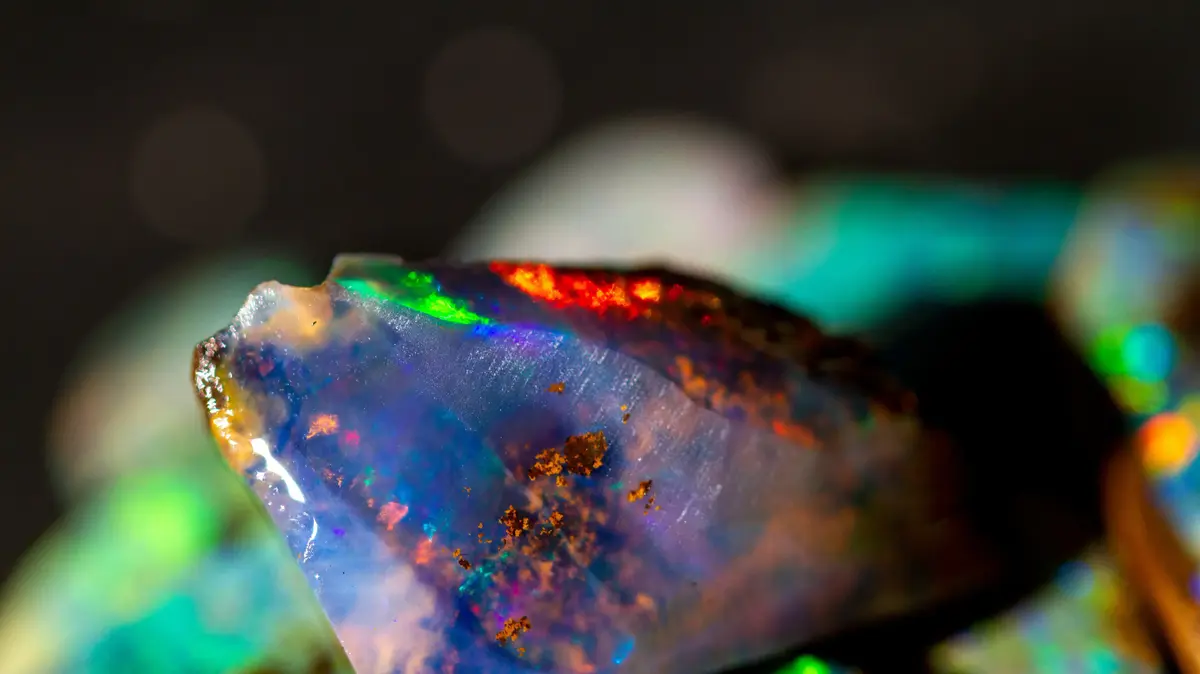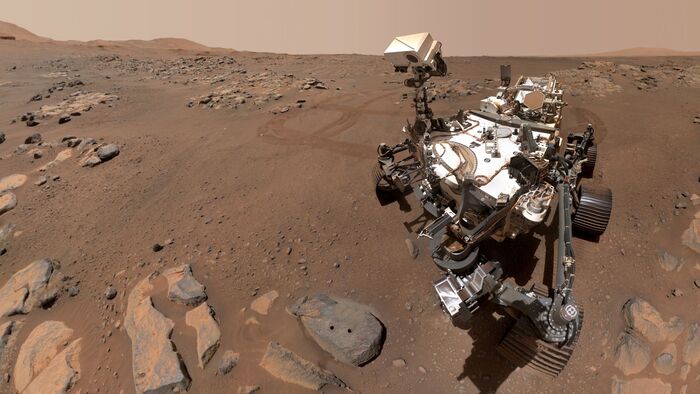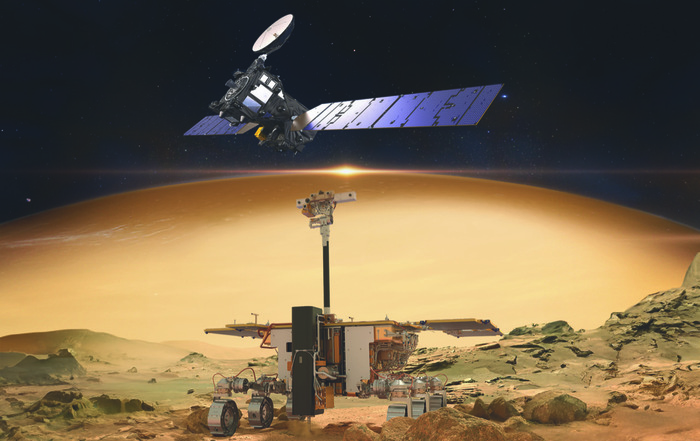Mars (Photo: AP)
NASA's Curiosity rover has discovered an abundance of light-colored opal rocks that could solve once and for all the mystery of whether there was ever life on the Red Planet, and even provide water for future human missions to the surface of Mars. Yes, according to new research, this means liquid water has existed on Mars for billions of years.
The opal stones, which are valued as gemstones, are formed when hot aqueous solutions cool or evaporate and form a formable gel that penetrates into the cracks of almost all types of rocks, especially stone sand and basalt. Over time, and under the effects of heating and pressure, the gel hardens. At the end of the process, the stone becomes a kind of miniature oasis that can contain up to 20 percent liquid water. "Similar opal-rich deposits on Earth are known to preserve traces of microbial life." , wrote the study.
This is not the first time that an American space agency rover has found opal stones on the Red Planet.
For example, the Spirit rover, also called MER-A, explored Mars from 2004 to 2010 and found rocks of the same type in 2008.
The opal stones, which are valued as gems, are formed when hot aqueous solutions cool or evaporate and form a formable gel from them (Photo: ShutterStock)
In fact, scientists know that Mars was much wetter and warmer about 3.7 billion years ago, but the presence of opal deposits in Gale Crater (which is about 154 km in diameter) suggests that the planet may have experienced short-lived floods during the last hundreds of millions of years. Although unlikely With life still persisting on the desiccated Martian surface, this brief flood helped bacteria survive deeper underground, or preserve their bacterial remains in rocks.
Even if these opals don't ultimately point to alien life on Mars, they could be an important part of a life-support system For humans on Mars, the team estimated that about 1.5 liters of water could be harvested from a one-meter halo, allowing astronauts to quench their thirst with extraterrestrial opals.
technology
Tags
Mars







